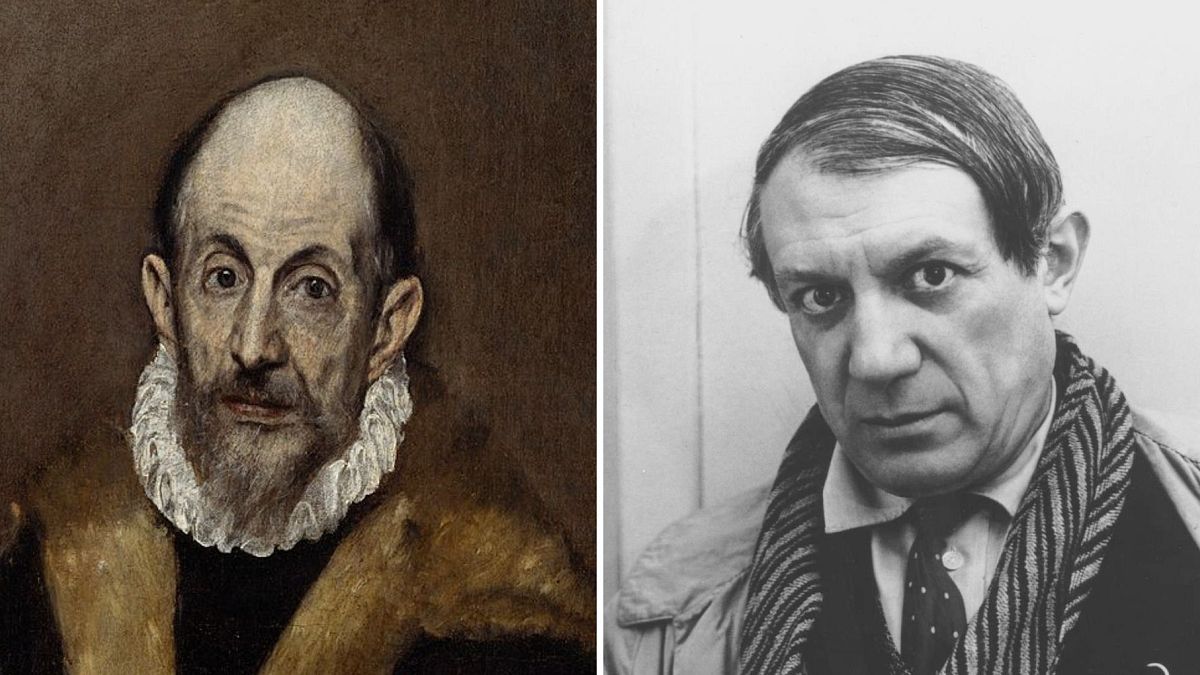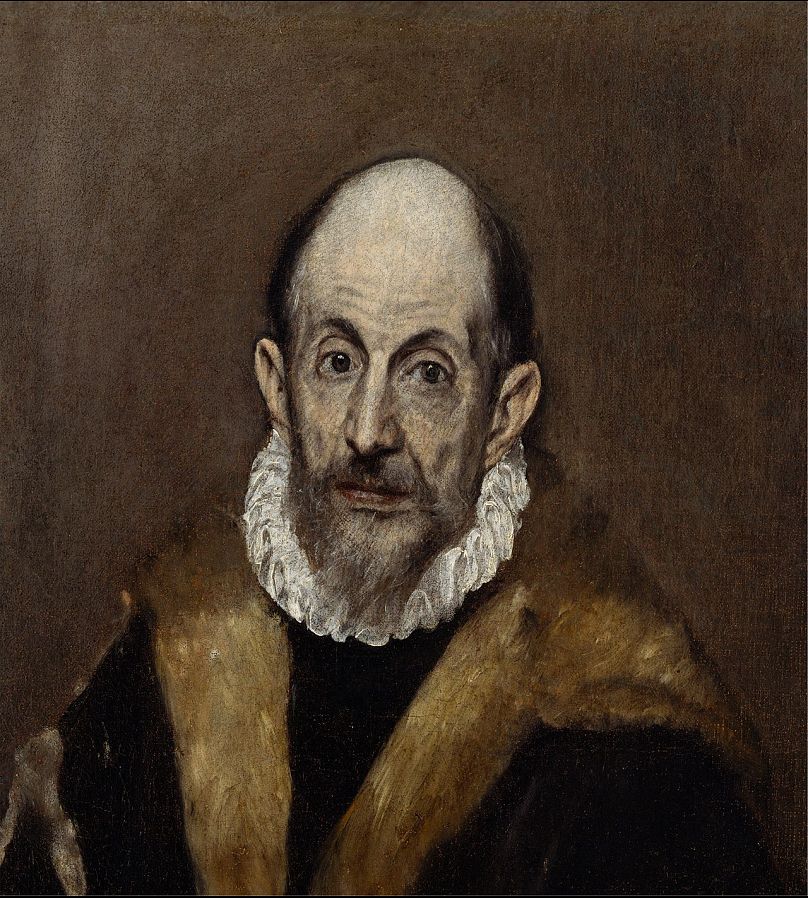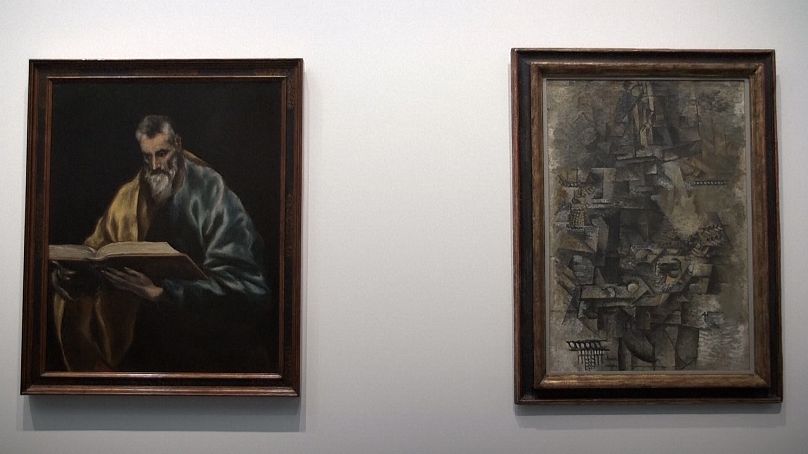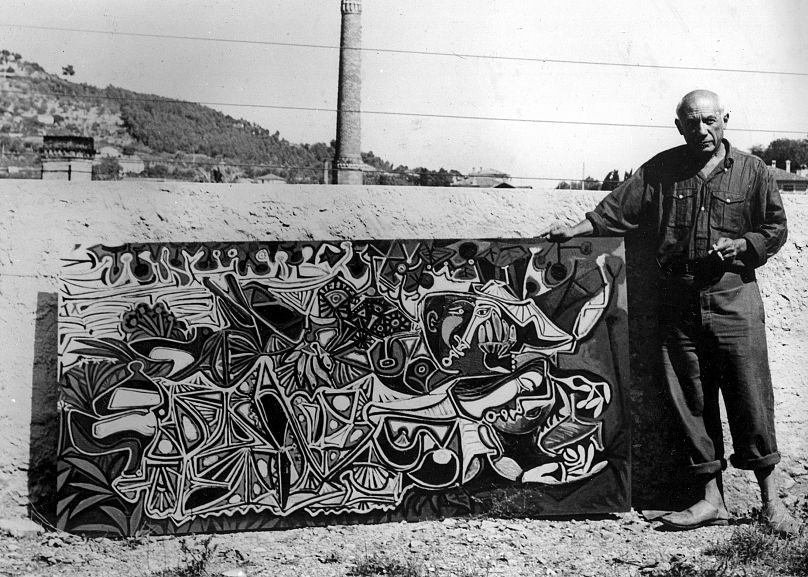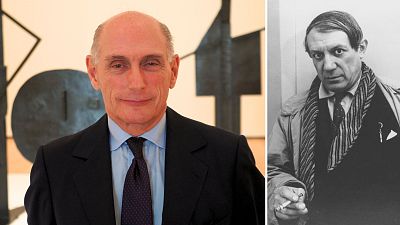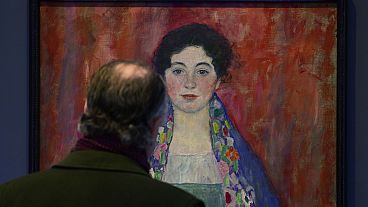Much has been written about the influence of El Greco on Picasso's work throughout his life, but the exhibition "Picasso, El Greco and Analytical Cubism" examines this relationship in a very specific way.
Madrid's renowned El Prado Museum has unveiled a one-of-a-kind exhibition commemorating the 50th anniversary of Pablo Picasso's passing.
Titled 'Picasso, El Greco and Analytical Cubism,' this remarkable showcase delves into Picasso's profound fascination with the art works of Greek master, El Greco.
Nested within the prestigious Museo Nacional del Prado in Madrid, the exhibition brings together a carefully curated selection of paintings by both Picasso and El Greco, presenting them side by side.
In doing so, the exhibition reveals the striking similarities the artworks share in terms of colour palettes, brushwork techniques, and compositional elements.
Miguel Falomir, the Director of the Prado Museum, explains the motivation behind this exhibition, stating, "This exhibition is our contribution to the fiftieth anniversary of Picasso's death, and we have done so with a very precise, very specific theme, which is the relationship or the inspiration that Picasso may have found in El Greco for what was his great contribution, probably the most revolutionary, to the history of painting, which is analytical cubism."
Who is El Greco?
El Greco, born as Domḗnikos Theotokópoulos in 1541, grew up in the Cretan city of Heraklion, which was then known as Candia under the control of the Venetian Republic.
The nickname El Greco, meaning "the Greek" in Spanish, alludes to his Greek heritage.
Like other artists and intellectuals from Crete during the 16th century, El Greco moved to Venice, where he studied under the tutelage of Italian painter Titian.
By the late 1570s he had settled in the Spanish city of Toledo, where he developed his distinctive style characterised by elongated figures and a somber yet vibrant colour palette.
El Greco's artistic legacy remains immortalised in his religious and portrait paintings.
What to expect from the exhibition?
The exhibition is curated by Carmen Giménez, a specialist in Picasso's work.
Giménez asserts that El Greco was, in fact, the first artist to employ cubist techniques, particularly during the final phase of his career.
She remarks, "Cubism originated with El Greco, especially from the last period of El Greco. Throughout El Greco's career, one can also see the influence he could have had on Cubism, but above all, it is in the last Apostles where El Greco felt free and where he really began to do what Pacheco called the 'cruel smudges,' which are what inspired Picasso, who came here as a student at the Academy of Fine Arts."
The term "cruel smudges" refers to the immediate and bold brushstrokes that El Greco applied directly onto the painting surface, as evident in works such as The Aficionado and The Accordionist.
Instead of relying on traditional lines to define form and depth, El Greco arranged shapes in abstract folds. Interestingly, these "cruel smudges" also find their place in Picasso's analytical cubist works, alongside El Greco's favoured palette of greys, ochres, and browns utilised in his Apostles paintings.
Picasso quickly recognised the distinctiveness of El Greco's artistic approach compared to his contemporaries.
Picasso and the Prado Museum
Carlos Alberdi, the coordinator of the Picasso Celebration for Spain, highlights the special connection between Picasso and the Prado Museum, noting that Picasso served as the museum's director during the Spanish Civil War.
"This exhibition at the Prado Museum is of exceptional importance because Picasso was director of the Museum during the civil war. That means that there is a very particular link, apart from the fact that Picasso visited this museum practically from the time he was a child," remarks Alberdi.
Official documents from 1936 pertaining to Picasso's appointment as director and his salary at the Museo del Prado are also displayed in the exhibition.
Reflecting on Picasso's experiences at the museum, Carmen Giménez states, "The first time he comes to the Prado he is fascinated by Velázquez, the second time he comes to the Prado, he is fascinated by El Greco, he discovers El Greco. It is the beginning of cubism, let's say. El Greco is the one who made Picasso see the double dimensionality, and so we can say that he was fundamental in the conception of cubism."
By juxtaposing the works of these two influential artists, focusing on Picasso's Cubist masterpieces and El Greco's late works, the exhibition opens up new perspectives on the significance of their relationship in shaping 20th-century avant-garde art.
Check out the video above for a look inside this stunning exhibition.
